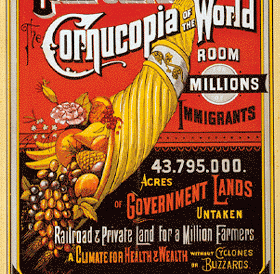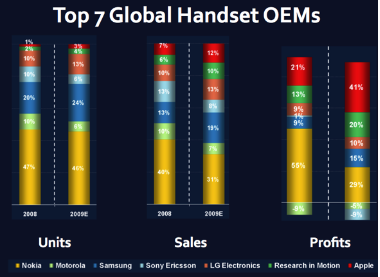Poor quality of Nokia software is source of astonishment for market analysts.
A queue is forming to get on board the clue train but, instead of getting in line, Finland seems to be sitting and watching incredulously how the line grows.
The Finnish newspaper article continues:
The media often takes a blindly uncritical view of all Apple’s doings, such that the positive attention paid to the company’s products is in no way proportionate to the weight of the products themselves.
A good example is Apple’s iPad tablet, the commercial success of which is still a large question-mark. This has nevertheless not prevented journalists over the Atlantic from writing profusely and ecstatically about the newcomer.




